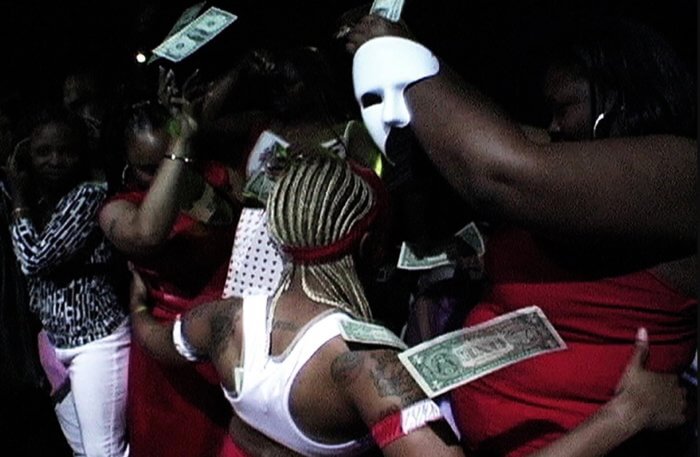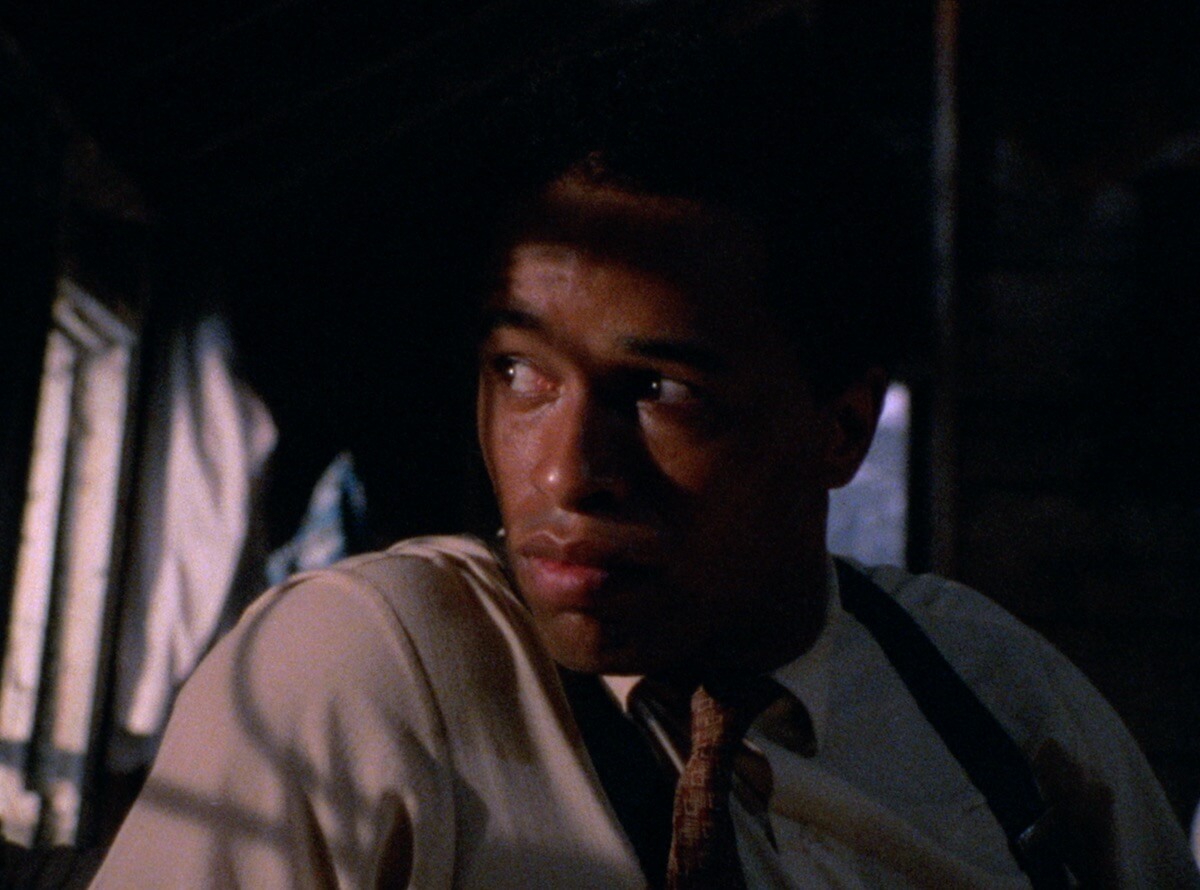BY STEVE ERICKSON
In the immediate aftermath of this summer’s protests, the best-seller lists were filled with books like Ibram X. Kendi’s “How to Be an Antiracist” and Michelle Alexander’s “The New Jim Crow.” In an essay in New York Magazine, Lauren Michele Jackson warned against the danger of treating fiction written by African Americans as a lesson in antiracism rather than art. Her point is well worth taking.
But all art, even the most fanciful narratives, is full of ideology and reflects the perspective of its creator and the larger society that formed it. At this moment, it feels important to direct attention to parts of American film history that have been forgotten, if not suppressed.
For all their talent, Black directors like Billy Woodberry and Julie Dash have only completed one feature. The ‘70s blaxploitation movement may have reinforced stereotypes about Black criminality, but it also opened up space for leftfield films like Ivan Dixon’s “The Spook Who Sat by the Door” and Bill Gunn’s “Ganja & Hess” to get produced. Around the same time, the LA Rebellion movement, consisting of UCLA students like Dash, Woodberry, Larry Clark, Jamaa Fanaka, and Haile Gerima, set out to offer an alternative vision of African-American life.
The ‘70s are frequently celebrated as the last great decade of American cinema, but odes to New Hollywood tend to endlessly recycle praise for Coppola and Scorsese without mentioning the Black directors working at the same time.
In an admittedly modest way, this article is an attempt to go beyond the standard streaming consumer guide to challenge the dominant canon. It’s a start, not an end, especially for me. I would also encourage Gay City News readers to check out K. Austin Collins’ extensive guide to the history of Black cinema in Vanity Fair and the YouTube channel of Solidarity Cinema, which offers radical cinema of all kinds.
If you want parties, bank robberies, and ass-kicking set to a funk soundtrack, “Emma Mae,” directed in 1976, has them. But at heart, it takes a story about a country mouse corrupted by the big city and changes it to suit the specifics of African-American life. Emma Mae (Jerri Hayes) is radicalized and then disillusioned after moving from a small town in Mississippi to Compton. After dating a drug dealer who gets arrested, she turns herself into a successful businessperson to fund his freedom. She finds that white people still don’t let her win by their rules. She then turns to crime, but her own community betrays her.
Hayes initially oversells Emma Mae’s shyness and naivete, but her emotional journey is very believable, reflecting her awakening to the stacked deck against African Americans. A college drama student, this was her only film role.
This was one of three features Jamaa Fanaka directed while a UCLA student, and it reflects his ambivalent but adjacent relationship to blaxploitation. Without gratuitous gore or nudity, it shows drugs and violence as part of its characters’ life. Fanaka’s direction is slicker than his LA Rebellion peers, with bright, colorful cinematography. One can see why Hollywood came calling.
Christopher St. John’s “Top of the Heap” played in competition at the Berlin Film Festival in 1972, but it was dismissed by American film critics at the time and forgotten. Recent interest in leftist Black cinema has brought attention back to it. A freeze-frame of the actor, accompanied by wah-wah guitar, says “directed, produced, written by, and starring Christopher St. John.” But the rest of the film breaks down that bravado. St. John plays George, a cop whose job consists of boring shifts standing guard and enduring humiliations from his superiors but also offers him the chance to abuse power and take small revenge on the white men who commit microaggressions against him.
The structure and editing of “Top of the Heap” are unique. St. John mixed memories, daydreams, and George’s present-day life. The film devotes an unusual amount of time to George’s fantasies of life as an astronaut. The character dreams of getting to represent the US in an official capacity, being able to succeed on his own terms. (The whiteness of the costumes and sets in the NASA scenes is no accident.) His dreary reality doesn’t live up to it. While much of his pain comes from grief over his mother’s death and uncertainty about how to discipline his daughter for her experimentation with sex and drugs, he gradually realizes that he’s part of a corrupt institution, that his job has damaged him deeply and that there’s no easy way out.
George’s experiences as a cop paralleled those of St. John as a filmmaker. Made at the height of blaxploitation, “Top of the Heap” contains a few of its elements, but it’s essentially an art film influenced by the French New Wave. It’s also a far more critical vision of the out-of-control-cop archetype depicted in contemporary films by white directors like “Dirty Harry” and “The French Connection.” An actor who appeared in “Shaft” and would later have a role on the TV series “Remington Steele,” St. John was never able to direct another film.
As different as Bill Duke’s “The Killing Floor” is from “Emma Mae,” they start with the same conception of their protagonist: a naïve young person arrives to a big city from the South. In this case, Frank Custer (Damien Leake) comes to Chicago in 1917 to work in its stockyards. As he relates in an enthusiastic voice-over — which the film relies on too heavily — he sees this as an opportunity to live out his dreams. And that seems possible until the end of World War I, when white men return en masse and the Black workers, no longer needed, are fired. He then becomes involved in union organizing.
The film examines the subtle gradations of American immigrant identity — its Polish-American characters don’t seem nearly as white as its Irish-Americans — and how racism has prevented working-class Americans from uniting in defense of their common interests. Made for the venerable PBS production company American Playhouse in 1984, it feels limited by the made-for-TV budget. It sticks to indoor sets, with few exteriors.
But “The Killing Floor” devotes careful attention to this country’s history of unionization, using Custer as a stand-in for audience members who might not know much about the subject.

Leilah Weinraub’s 2018 “Shakedown” made its streaming premiere on Pornhub in March before migrating to the Criterion Channel in May as part of its “Tell Me: Women’s Stories, Women Filmmakers” series. Those two worlds are rarely bridged. But “Shakedown” is a dreamy documentary about a strip club in LA run by and for queer Black women, not porn. Although it includes interviews with the owners and dancers, it’s built around video footage of nights at the club. The grainy look adds an immersive texture to the film, showing a world where Black lesbians’ sexual desire is treated as the norm and they’re as entitled to make it rain as straight men. Indeed, it is a basis for community.
“Shakedown” is reminiscent of both “Paris Is Burning” and Derek Jarman’s night-at-a-disco documentary “Will You Dance with Me?,” but it’s not an ethnographic explanation. White men are a structuring absence till the LAPD starts continually harassing the club. Always run as an underground operation, it couldn’t keep going under that pressure. “Shakedown” makes one wonder if the club’s utopian aspects could’ve continued if it were a permanent legal institution.
TOP OF THE HEAP is streaming on Amazon Prime.
EMMA MAE streams on Amazon with a membership to its Brown Sugar and can also be seen for free through Solidarity Cinema at youtube.com/channel/UCsMe8xHZsJKR_HqDWI7u6tQ.
THE KILLING FLOOR” is streaming through filmforum.org. SHAKEDOWN is streaming through criterionchannel.com.
Read K. Austin Collins’ guide to the history of Black cinema at “Now Streaming: Over 100 years of Black Defiance at the Movies” at vanityfair.com/hollywood/2020/06/over-100-years-of-black-defiance-at-the-movies.
This story first appeared on gaycitynews.com.





































